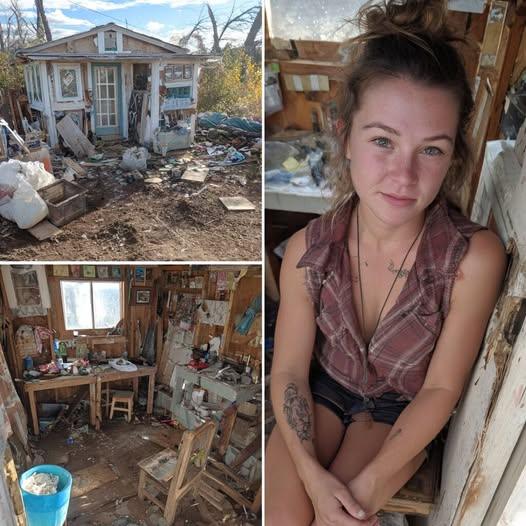
Tiny Homes: Small Spaces, Big Impact
As housing costs rise and sustainability becomes crucial, tiny homes are no longer just a trend—they’re a lifestyle shift. With less space to heat, cool, and maintain, energy use drops significantly, and eco-friendly features like solar panels and composting toilets reduce your carbon footprint even further.
But tiny living isn’t just green—it’s a mindset. Downsizing encourages minimalism, where every possession has a purpose. Clearing clutter creates clarity, often extending into relationships, hobbies, and time spent outdoors. Smaller mortgages also make homeownership more accessible, opening doors for those priced out of traditional housing.
Mobility adds another layer of appeal. Many tiny homes are built on wheels, offering travel flexibility without sacrificing stability. Communities of tiny homes are also growing worldwide, fostering shared resources, skill exchange, and intentional living.
Compact in size but rich in rewards, tiny homes provide a smarter, sustainable way to live—balancing freedom, affordability, and deeper connections with people and the planet.





